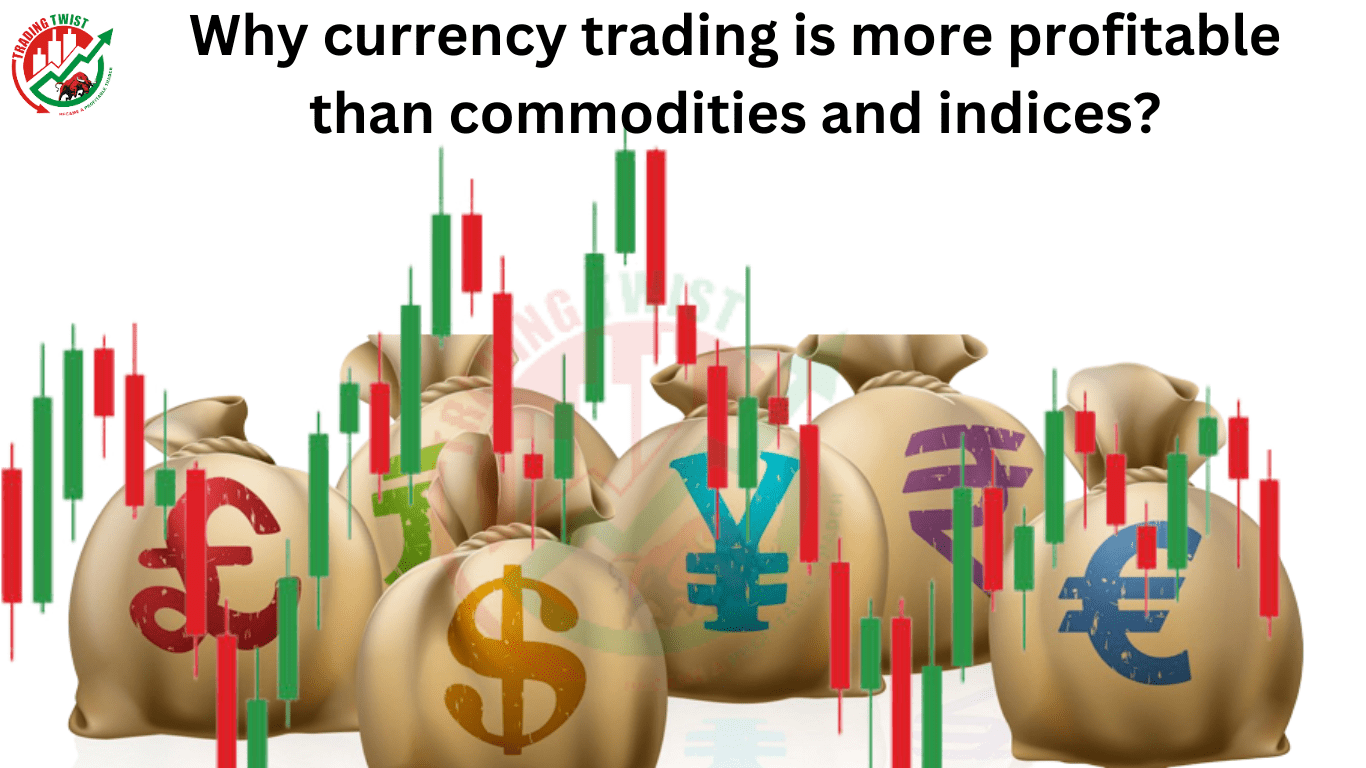
Currency trading, also known as Forex (foreign exchange) trading, involves buying and selling currencies in the foreign exchange market in order to profit from changes in the value of the currencies. The foreign exchange market is a global decentralized market for the trading of currencies, and it is the largest and most liquid financial market in the world.
In currency trading, traders can choose to buy or sell a currency pair, which consists of two currencies. The first currency in the pair is called the base currency, and the second currency is called the quote currency. For example, in the currency pair EUR/USD, the EUR is the base currency, and the USD is the quote currency.
Technical analysis, fundamental research, and risk management tactics are just a few of the tools and approaches that traders can use to make well-informed trading decisions. Numerous variables, such as political happenings, market mood, and economic data, can have an impact on the value of a currency pair.
Although currency trading on the Forex market includes risk and has the potential to be profitable, it also calls for a thorough knowledge of the market and successful trading techniques. Trading professionals must be aware of potential dangers and employ effective risk management strategies to reduce potential losses.
Major Currency Pairs to Trade in Forex Market
There are several major currency pairs that are commonly traded in the foreign exchange (forex) market.
Here are some examples of major currency pairs:
EUR/USD: The EUR/USD currency pair is a popular choice for traders, as it represents the two largest economies in the world: the European Union and the United States.
USD/JPY: The USD/JPY currency pair represents the United States dollar and the Japanese yen, and is often influenced by changes in interest rates and economic indicators in the two countries.
GBP/USD: The GBP/USD currency pair represents the British pound and the United States dollar, and is often influenced by changes in economic indicators and political developments in the United Kingdom and the United States.
USD/CHF: The USD/CHF currency pair represents the United States dollar and the Swiss franc, and is often influenced by changes in interest rates and economic indicators in the two countries.
AUD/USD: The AUD/USD currency pair represents the Australian dollar and the United States dollar, and is often influenced by changes in commodity prices and economic indicators in the two countries.
These are just a few illustrations of the main currency pairings traded on the Forex market. There are numerous additional currency pairings that can be traded, and the particular currency pairs that a trader decides to trade may be influenced by their trading objectives and risk tolerance, as well as market conditions and other variables.
Exotic Currency Pairs to Trade in Forex Market
In addition to the major currency pairs, which are pairs that involve the currencies of the world’s largest economies, there are also exotic currency pairs that can be traded in the foreign exchange (Forex) market. Exotic currency pairs involve the currencies of emerging or smaller economies, and they may be less liquid and more volatile than major currency pairs.
Here are some examples of exotic currency pairs:
EUR/TRY: The EUR/TRY currency pair represents the European Union’s euro and Turkey’s Turkish lira and is often influenced by changes in economic indicators and political developments in the two countries.
USD/ZAR: The USD/ZAR currency pair represents the United States dollar and South Africa’s rand, and is often influenced by changes in commodity prices and economic indicators in the two countries.
GBP/HKD: The GBP/HKD currency pair represents the British pound and Hong Kong’s dollar, and is often influenced by changes in economic indicators and political developments in the United Kingdom and Hong Kong.
CHF/NOK: The CHF/NOK currency pair represents the Swiss franc and Norway’s kroner, and is often influenced by changes in interest rates and economic indicators in the two countries.
AUD/SGD: The AUD/SGD currency pair represents the Australian dollar and Singapore’s dollar, and is often influenced by changes in commodity prices and economic indicators in the two countries.
These are just a few illustrations of the unusual currency pairs that can be traded on the forex market. It’s crucial to remember that exotic currency pairs may be riskier for traders because they may be less liquid and more volatile than main currency pairs. When trading exotic currency pairs, it is crucial for traders to properly weigh these risks and employ the proper risk management strategies.
Commodity Trading in Forex Market
Commodity trading in the foreign exchange (Forex) market involves buying and selling financial instruments that are based on underlying commodity assets, such as agricultural products, metals, and energy. Commodities can be traded in the Forex market through a variety of financial instruments, such as futures contracts, exchange-traded funds (ETFs), and options.
Traders can use a variety of tools and strategies to make informed trading decisions, such as technical analysis, fundamental analysis, and risk management techniques. The value of a commodity-based financial instrument can be influenced by a variety of factors, including supply and demand conditions for the underlying commodity, economic indicators, and political developments.
Trading in commodity-based financial instruments in the Forex market can offer the potential for profit, but it also carries risks and requires a strong understanding of the market and effective trading strategies. It is important for traders to be aware of the potential risks and to use appropriate risk management techniques to help minimize potential losses.
Why Currency Trading is More Profitable?
It is not accurate to say that currency trading is inherently more profitable than commodity trading in the foreign exchange (Forex) market. The profitability of any trading strategy, including currency trading or commodity trading, will depend on a variety of factors, including market conditions, the trader’s knowledge, and skills, and the effectiveness of their trading strategies.
Few reasons why currency trading may be more attractive
Market size and liquidity: The Forex market is the largest and most liquid financial market in the world, with a daily trading volume of over $6 trillion. This can make it easier for traders to enter and exit trades and may provide more opportunities for profit.
Greater number of tradable instruments: There are many different currency pairs that can be traded in the Forex market, providing traders with a wide range of options to choose from. In contrast, the number of tradable commodity instruments may be more limited.
Greater number of market participants: The Forex market is highly decentralized, with a large number of participants, including banks, hedge funds, and retail traders. This can contribute to greater market efficiency and may provide more opportunities for profit.
Ideal Volatility: In the Forex Market sometimes there is very high volatility, especially at the time of news. In high-volatility trading currency pairs are more secure and profitable than commodities or indices because if we look at the average volatility of Gold is about 600 pips a day while EURUSD has only 80 pips move on average.
Can Start with Small Capital: Since the contract size for one standard lot in currency trading is smaller than that for one standard lot in gold or NAS100, you can start with a little amount of capital. Additionally, you can place more orders at different prices and in currency pairs than you can in commodities.
Conclusion
Overall, traders must carefully consider their goals and risk tolerance, as well as the unique market conditions and trading strategies that they are using, before deciding whether to trade currencies or commodities on the Forex market.








